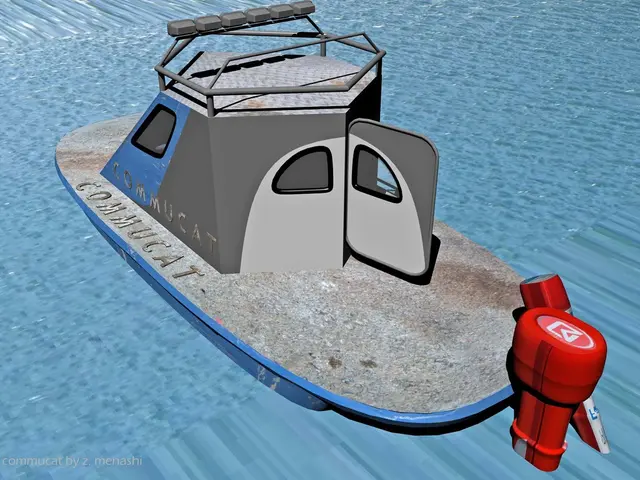Travelers in the USA Expressing Reservations about Flying due to Safety Doubts
Air Travel Confidence Slips as Incidents Spark Safety Concerns
There's a noticeable dip in American travelers' enthusiasm for air travel these days, with concerned passengers second-guessing plane trips. Major airlines, like American Airlines, United Airlines, and Delta Air Lines, are feeling the heat, reporting weaker domestic demand and revised revenue forecasts for the first quarter of the year.
Aviation Bumps Scare the Public
Recent aviation hiccups, such as aircraft malfunctions, emergency landings, and midair close calls, have sent shivers down spines, thanks to YouTube and social media footage that goes viral. An alarming incident in January resulted in a ground collision between two planes, fueling debates about aviation safety standards.
The Federal Aviation Administration (FAA) battles staffing shortages and administrative changes, further stoking safety concerns about oversight and air traffic control reliability. Google Trends reveal that searches on airplane safety are at an all-time high, underscoring a spike in public apprehension.
Airline Revenues Take a Hit
The fear of flying seems to be having an impact on airline revenue. Both American Airlines and United Airlines attribute a downturn in bookings, particularly for domestic flights, to their revised financial projections. While international travel persists, many domestic U.S. travelers lean towards other modes of transport or postpone trips.
Airports Offer Reassurance
Airports have started rolling out initiatives to appease jittery passengers. For example, San Antonio International Airport boasts comfort programs, like therapy dog interactions and the Hidden Disabilities Sunflower Program, aimed at alleviating travel stress.
Yet, experts warn that restoring trust might take some time.
Aviation Professionals Chime In
Aviation experts stress that flying still ranks among the safest travel options. Despite recent incidents, the U.S. boasts top-tier aviation safety standards, according to John Michaels, an aviation safety analyst. The industry focuses on evolving safety protocols and passenger well-being.
As airlines work to regain consumer trust, an emphasis on transparency, enhanced safety measures, and proactive reassurance campaigns is expected. Time will tell if these efforts will be enough to quell the rising apprehension about air travel.
For now, American consumers seem to be adopting a more cautious approach to air travel, potentially leaving a lasting impact on the industry.
Additional Reading
Pi Coin Struggles to Recover After Recent Crash: A Comprehensive Review
Southwest Airlines Abandons Decades-Old Free Checked Bag Policy
- The spike in public concern about air travel due to recent aviation incidents has led to increased searches on airplane safety on Google Trends.
- Both American Airlines and United Airlines have noticed a drop in domestic bookings, which they attribute to the fear of flying and revised financial projections.
- San Antonio International Airport is among the airports implementing reassurance programs, such as therapy dog interactions and the Hidden Disabilities Sunflower Program, to alleviate travel stress.
- Experts in aviation safety argue that despite the recent incidents, flying remains one of the safest travel options, with the U.S. maintaining top-tier safety standards.





